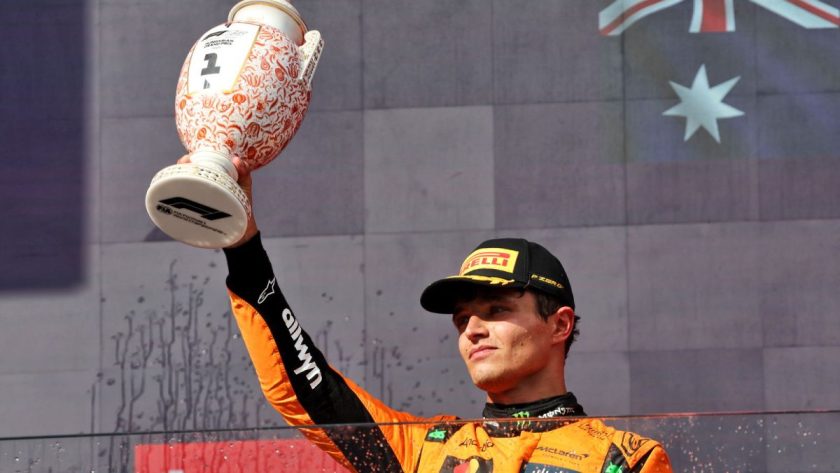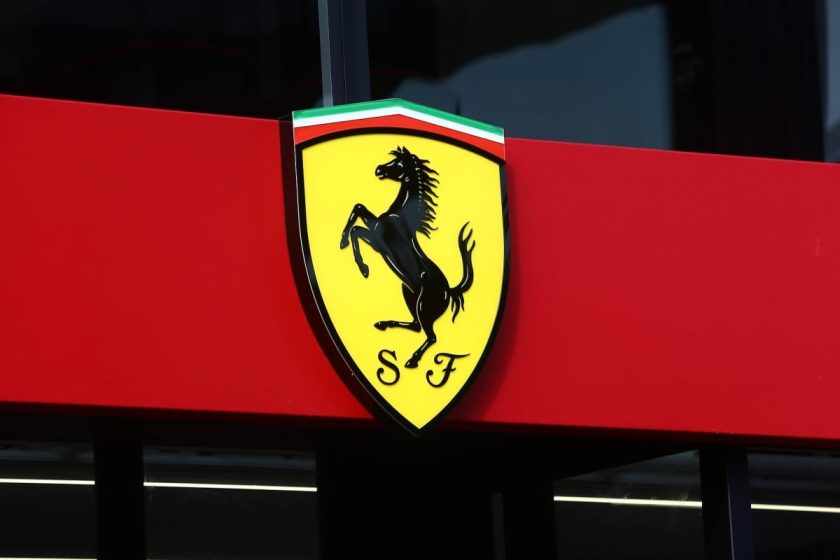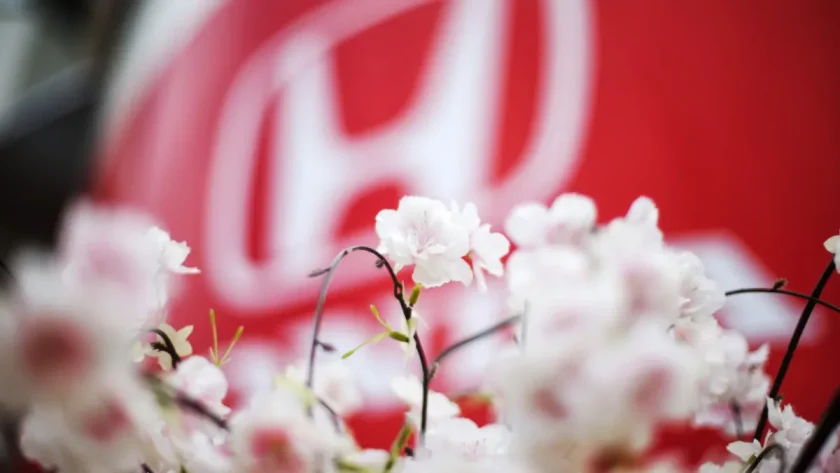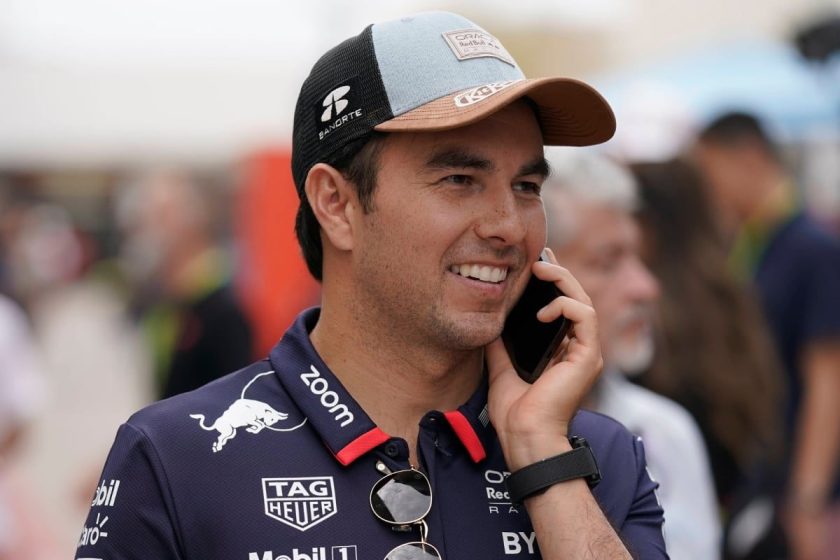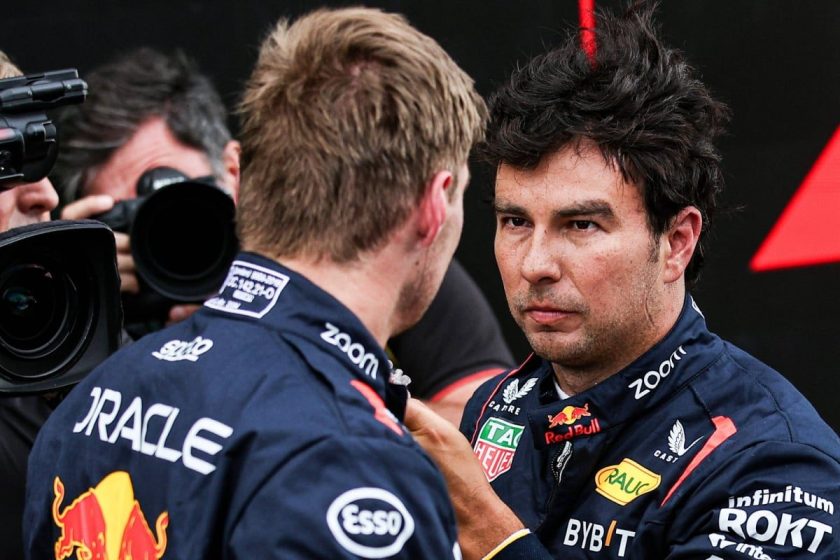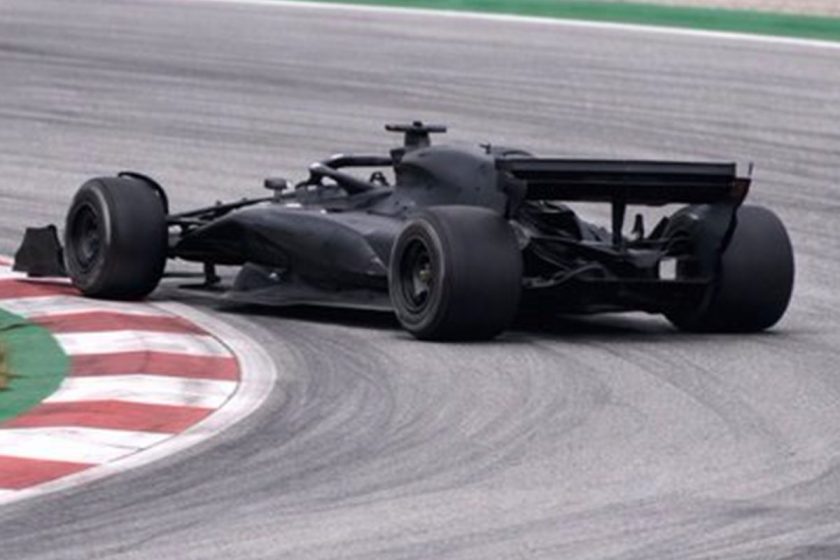Dozens of fans chanted Franco Colapinto’s name as he climbed the pitwall after the race, despite finishing 16th in his first Formula 1 return. His sudden rise to fame came after impressing at Williams and taking part in his first F1 race at Monza last year.
The attention on Colapinto from Argentina, eager for a new sports hero, led to a surge in TV ratings and fan support. Unfortunately, with this newfound fame came a darker side as tribalism and abuse began to seep into the F1 community, fueled by the success of shows like “Drive to Survive”.
The toxic online behavior between fans reached a peak during the intense 2021 title battle between Hamilton and Verstappen, leading to abuse directed at figures like FIA race director Michael Masi and driver Nicholas Latifi. Even young talents like Liam Lawson faced backlash for on-track incidents.
As Colapinto transitioned to a full-time role with Alpine this year, some of his fans resorted to harassing his competitor, Jack Doohan, on social media. A fabricated Instagram story by Doohan’s father during the Emilia-Romagna Grand Prix further fueled the animosity between the two camps, showing the uglier side of fandom.
While it’s crucial to remember that this behavior represents a vocal minority, the incidents serve as a sobering reminder of the dark side of fan culture in sports, especially as new audiences and social media platforms continue to shape interactions within the F1 world.
